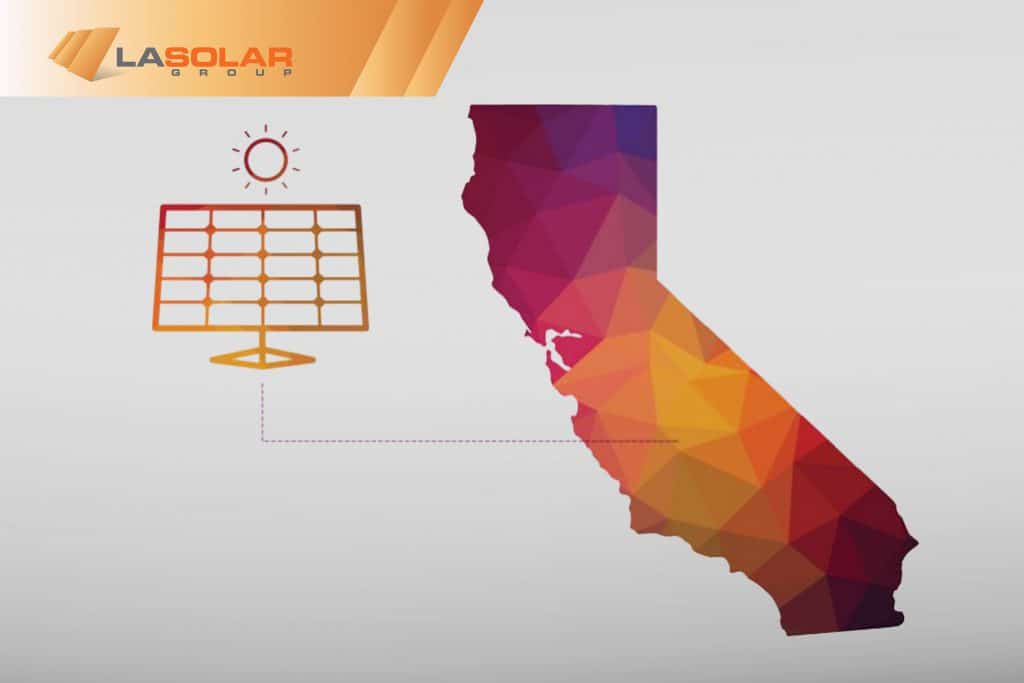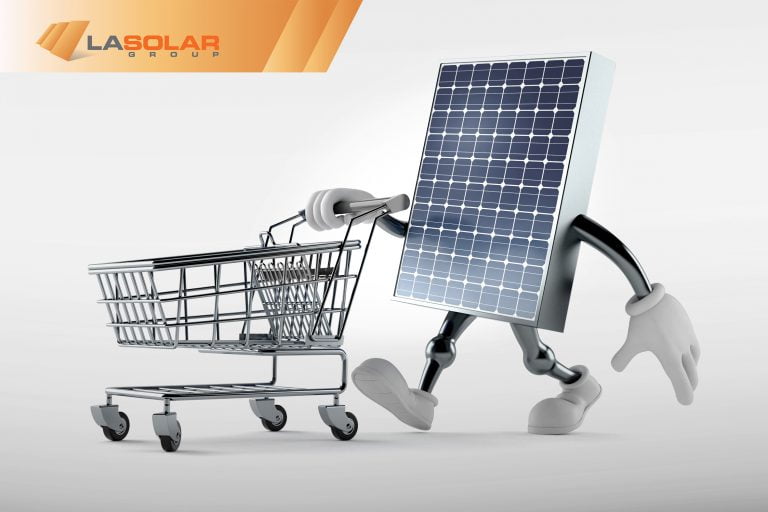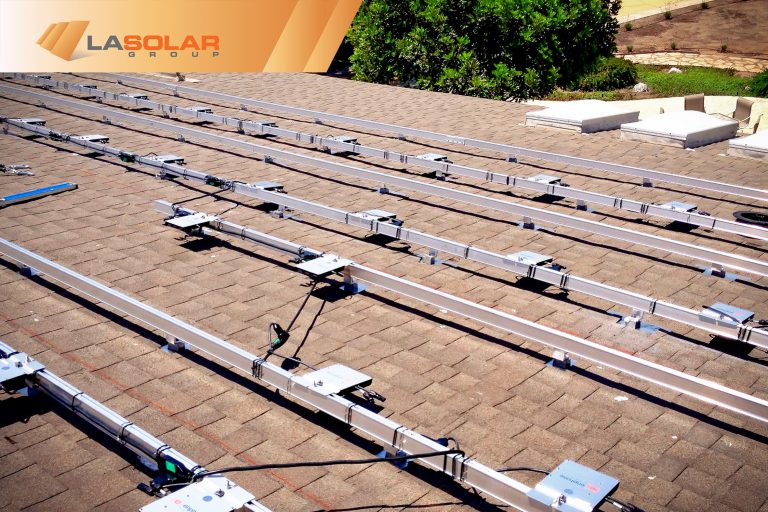One of the biggest drivers of the rooftop solar trend has been net energy metering (NEM). NEM is an agreement between a homeowner and the local electric utility. Under NEM, homeowners generating excess electricity from their rooftop solar systems can send it back to the electric utility, which credits the customer’s bill. NEM benefits homeowners because the bill credits increase the return on their rooftop solar investment. Depending on how the arrangement works, it can also benefit utilities, who can lock in low rates for power that they don’t have to generate elsewhere.
This generally describes the program as it has operated in California under the name NEM 1.0. As of July 1, 2017, NEM 2.0 went into effect for California utilities and their customers. Here’s everything you’ll need to know about California’s NEM programs and how the first version differed from the current one.
What Was NEM 1.0 in California?
To understand NEM 2.0’s changes, let’s take a quick look at the incentive’s previous version. As we noted previously, NEM 1.0 credited homeowners based on the following formula:
Net payment = Energy delivered from the utility – Net excess amount metered (charged) to the utility.
Under NEM 1.0, utilities calculated this formula as an average over a 12-month period. Homeowners with solar systems of 1mW or less were eligible. Rates for billing credits were locked in for a minimum of 20 years.
How NEM 2.0 is Different Than NEM 1.0
NEM 2.0 puts some new conditions on the arrangement, mainly to the benefit of utilities. The biggest change involves Time of Use (TOU) charges. SCE has a quick video on this arrangement. Under TOU, you are charged different rates according to the time you use power. This is an incentive designed to help shape electricity demand: Rates are lower at night when the sun goes down, air conditioners don’t have to work as hard, and overall electricity demand is lower.
Homeowners who can shift some of their heaviest electric usage to times when rates are lower can benefit from this arrangement. That’s especially true for those with both rooftop solar systems and energy storage (batteries), who can charge up when rates are low, and use the power whenever they like.
Still, TOU does change the formula by which billing credits are applied. The new formula is:
Net payment = Energy delivered from the utility and consumed in each metered interval – Net excess amount metered (charged) to the utility.
SCE customers may choose from four TOU rate plans based on their expected usage. The basic daily charge for those using less than 700 kWh/month, for instance, who will pay the most on weekdays from 2-8 p.m. In comparison, SCE customers with in-home electric vehicle charging stations with dedicated meters will pay the most from 12-9 p.m. every day–in an effort to keep them from collectively drawing too much power during periods of peak demand. All TOU rates are lower on nights and weekends, and higher during weekdays during daylight.

Image courtesy of Southern California Edison: “Time Of Use Residential Rate Plans”
Another new stricture under NEM 2.0 is “non-bypassable charges”. These are charges that every customer will incur, and they cannot be offset by NEM credits. As you might guess, this will mean a slight overall decrease in bill credits for customers.
As for eligibility, there is no longer a residential solar system size cap, although systems must still be appropriately sized to match the household’s demand. NEM 2.0 also introduces an interconnection fee of $75 for most systems, and $800 for those big systems over 1mW. That fee is for connecting your system to the grid with a meter, which is required for all NEM customers.
Other Changes Under NEM 2.0
All solar system components in systems which generate power for NEM credits must now be approved by the California Energy Commission and carry a minimum 10-year warranty (while all LA Solar Group installations come with 25-year solar system warranties).
Additionally, NEM 1.0 had capped distributed generation (i.e. rooftop solar) at 5% of each utility region’s generation capacity. That’s been lifted under NEM 2.0; there is no longer a cap on how many distributed power generation systems may be connected to the electric grid in any given California utility’s region. The 20-year lock on billing credit rates still holds, for whichever of the four plans you choose (under SCE).
NEM 2.0 runs through 2019. We’ll have the full scoop on NEM 3.0 when the time comes.If you have questions about net metering or other incentives for homeowners with rooftop solar systems, let us know. LA Solar Group has helped thousands of homeowners throughout California go solar, and we’re ready to help you too.




